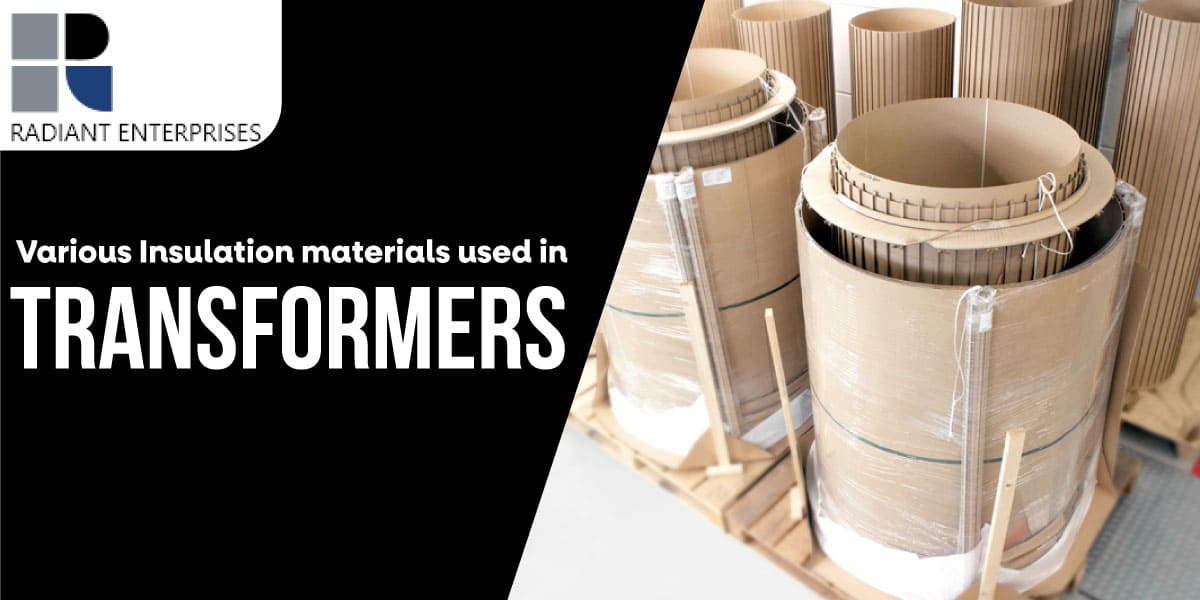
Fill all information details to consult with us to get services from us

Insulation is one of the most significant characteristics of a transformer since it helps the transformer work better when it is turned on. In fact, the right use of the insulation materials inherent within a transformer is critical to its long-term endurance and stability. This means that, in addition to metallic components such as silicon steel and copper, other vital insulating materials are utilised in power transformers to improve their performance. You should contact a reputable transformer manufacturer in India, such as Miracle Electronics, to ensure that the transformers you purchase are of the highest quality and contain the best materials, both metallic and insulating. Let's look at the several types of insulating materials that may be found in a transformer, as well as their functions and applications.
Radiant enterprises is an excellent and noted Transformer Insulators manufacturer in India.
Insulating oil, which serves as both an electrical insulator and a coolant to disperse heat losses, is one of the most significant components in a transformer. In 11kV or greater voltage transformers, this oil is found in the tank where the transformer core is housed. Minimal voltage transformers do not require it because their heat dissipation is quite low. Fractional distillation and subsequent treatment of crude petroleum yield insulating oil.
Insulating paper is created from vegetable fibres that have been felted together to form a single sheet. Plants such as cotton, straw, hemp, manila, and coniferous woods provide the fibres. This insulating paper achieves extraordinarily high electric strength when placed in insulating oil under a vacuum.
Radiant enterprises is one of the most popular and distinct Transformer Insulators manufacturer in USA.
Insulating tape is used for different taping reasons, as the name implies. Cotton tapes, woven tapes, glass woven tapes, and phenol coated paper base sheets are only some of the options. These tapes are utilised in applications that need a lot of strength. They're also utilised to bind the cores of transformers.
The pressboard is made up of vegetable fibres that include large amounts of cellulose and is used in the electrical, mechanical, and thermal design of transformers. These pressboards can be moulded into any shape for use in transformers, with angle rings and caps being the most frequent. If you are looking for the leading Transformer Insulators manufacturer in Mexico, Radiant enterprises is the best place for you.
Wood-based laminates are created from carefully selected veneers sourced from a variety of woods. After drying, the veneers are partially/completely saturated naturally. These laminates are employed in applications requiring both mechanical and electrical robustness. They're utilised to make coil clamping rings, cores, yokes, and supports, among other things. All of the insulation materials used in transformers are chosen based on their ability to tolerate high temperatures. They are divided into six categories: A, B, C, E, F, H, and Y. Let's take a closer look at each of these classes.
Radiant enterprises is the most recognised and well-known Transformer Insulators manufacturer in Europe.